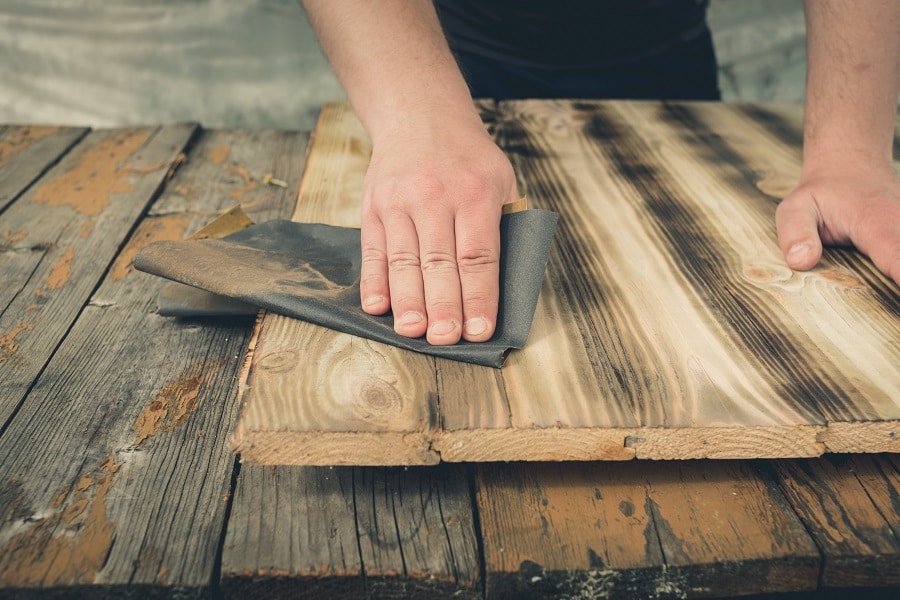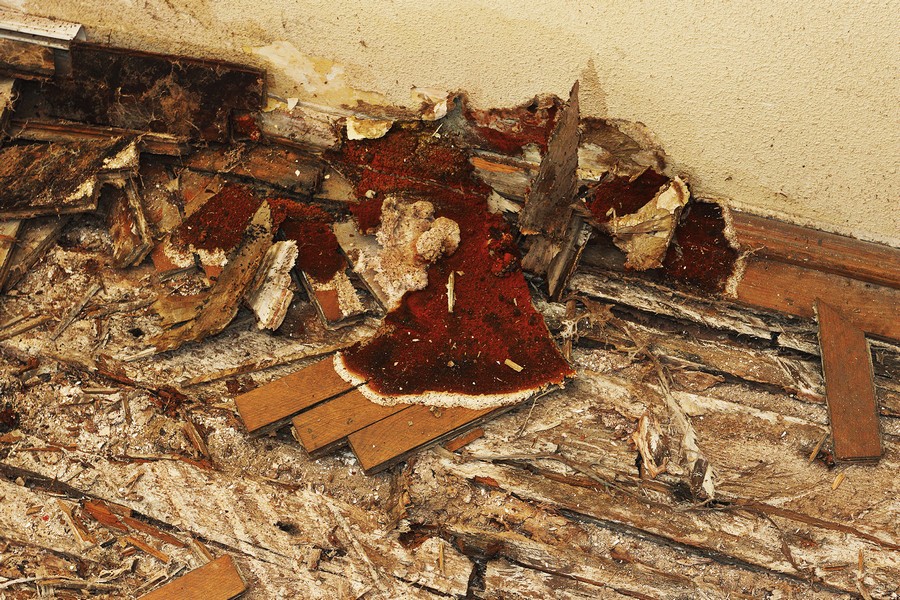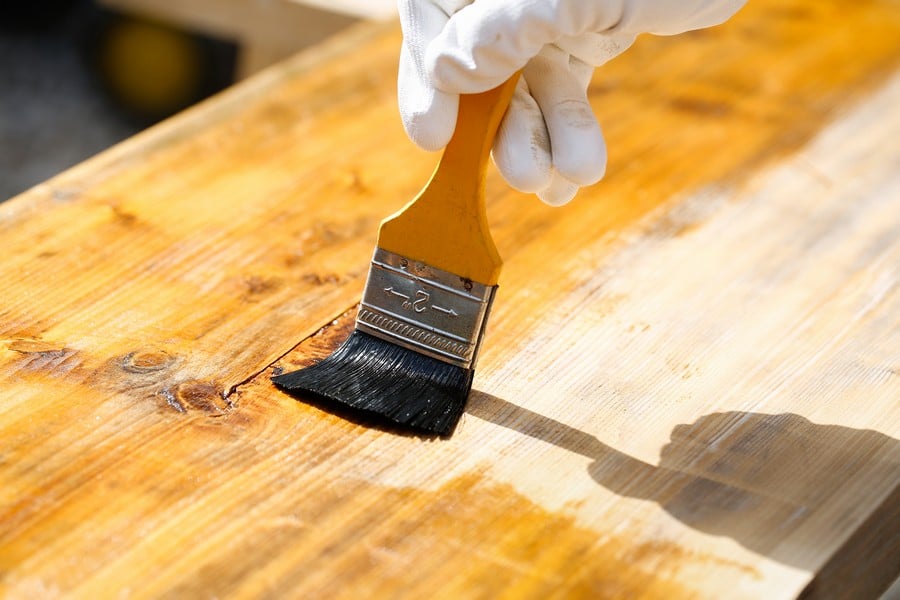Call Our Sussex Damp Experts team now for a free quote, consultation and advice:

Timber is a widely used material in construction, but it is vulnerable to damage. Wet rot and dry rot are two types of fungal decay that can pose serious threats to structural wood. It’s important to differentiate between the two as they require different treatments.
Professional diagnosis and treatment are necessary for both types of decay. Attempting a dry rot treatment on wet rot will not solve the problem, which is why it’s crucial to have experts address the issue. Sussex Damp Treatments offers comprehensive solutions for all damp-related problems, including wet rot detection, diagnosis, repair and treatment. Our team of specialists will conduct a survey of your property and develop an effective strategy tailored specifically for you. Don’t hesitate to contact us at 01273 257 212 to book a survey today and eliminate any damp issues with confidence knowing that our professionals have got you covered.

Wet rot is a natural process of wood decay that occurs when the moisture content in the wood reaches 30 to 50 per cent. This stands in contrast to dry rot, which manifests at a lower moisture level of 20 to 30 per cent or less. Wet rot is caused by various types of fungi that thrive on damp wood and gradually consume it until it disintegrates completely. The most common type of wet rot fungus is Coniophora Puteana, also known as cellar fungus. It’s essential to identify and treat wet rot early because it can cause significant structural damage if left unchecked.
Excessive humidity is the root cause of a plethora of damp issues, leading to moisture accumulation, mould growth and structural damage in buildings. Identifying the source and origin of the problem is crucial for effective remediation. In case of condensation-related problems, improved ventilation may prove to be an adequate solution. However, if water seeps through walls due to damaged guttering or other external factors, penetrating dampness can occur which cannot be resolved by ventilation alone. On the other hand, rising dampness typically manifests at the base of walls when a protective barrier such as a damp-proof course has been compromised allowing groundwater infiltration into building materials like masonry or woodwork. It’s important to address these issues promptly before they lead to further deterioration and costly repairs down the line.
Wet rot, a type of wood decay caused by excessive moisture, is the most common source of damage to timber structures. It can affect any kind of wood in a home and is often mistaken for dry rot, which is more severe. A suspected structural fault or long-term rising damp can also cause wet rot. However, detecting it requires expertise that only specialists possess. To ensure your peace of mind and deal with all damp concerns effectively, contact Sussex Damp Treatments on XX to have their specialist team inspect your property thoroughly. Their experts will identify the root cause of the problem and provide you with an appropriate solution tailored to your needs. Don’t let wet rot compromise the integrity of your property; call Sussex Damp Treatments today!
Timber affected by rot can exhibit various signs, including fungal growth, a spongy texture, darkened areas compared to the surrounding wood, crumbling into particles and shrinking. Bleaching of wood in the window and door frames or flaky paint may also indicate rot. If a knife pushed into painted timber goes all the way to its handle, it is a specific indication of rot. A damp and musty smell is another telltale sign. Wet rot has an earthy fragrance similar to that of soil while dry rot does not have any particular scent associated with it. Changes in colour and cracks forming as the decay progresses are other indicators that can help distinguish between wet and dry rot when there is no visible fungus present.
If you notice any of these symptoms on your property’s timber surfaces, do not hesitate to contact our team of experts at 01273 257 212 for professional assistance.

Dry rot is a pernicious problem that should be dealt with immediately. It is a harmful type of decay that spreads from the source of damp and destroys timber and other property fabric. Wet rot fungus, while more common than dry rot fungus, is typically more localised in its effects on timber closest to the source of moisture.
However, wet rot can be equally deadly as dry rot and can gravely undermine structural timbers if left untreated. The only fungus responsible for causing dry rot is Serpula Lacrymans, which poses a significant danger to buildings by spreading throughout the entire structure. Dry or wet rots can result from faulty interior plumbing or penetrating damp caused by defective render, guttering or downpipes. These types of fungi are particularly insidious because they can cause extensive damage before homeowners become aware of them since they grow between wall coverings and beneath flooring materials.
Call Our Sussex Damp Experts team now for a free quote, consultation and advice:
Wet rot is widespread in wet regions where wood has been exposed to moisture. We don’t just fix the damage that wet rot has caused, but we stop it from coming back. The source of the problem must be addressed. To avoid future dampness and ensure that the timber rot does not recur, it’s crucial to determine where the water enters the wood. In some cases, you may need to replace the afflicted timbers. In most cases, however, wet rot may be avoided by treating the wood with a fungicide. Wet rot is treated by the use of a fungicide during the drying out process.
To detect and sterilise fungal growth or hyphae strands, you’ll need to selectively employ a powerful fungicide to water the area with a forceful fungicide. You must also remove and discard any tainted plaster that has been contaminated by strands, for example. Any hazardous wood or trash discovered in voids beneath the floor would have to be removed and burned. You’ll need to use a fungicidal solution to treat the damaged wood.
Don’t wait any longer if you’re not sure where to begin treating your wet rot problems. If you choose a professional company, such as ours at Sussex Damp Experts, you’ll obtain the best results. They are experts in the field of wet rot therapy. We’ll figure out what’s causing the wetness and which areas have been harmed. Please don’t wait any longer to reach us. Pick up the phone and dial 01273 257 212.
Wet rot is prevalent in damp areas where wood has been exposed to moisture. We not only remedy the damage it causes, but also prevent its return. To stop further moisture and guarantee that timber rot does not come back, one must identify where water enters the wood. Replacing damaged timbers may be necessary in some cases; however, usually wet rot can be prevented by treating the wood with a fungicide. During drying out, a fungicide should be used to treat wet rot.
To detect and eradicate fungal growth or hyphae strands, deploy a powerful fungicide to water the affected area. Discard any contaminated plaster, as well as hazardous wood or debris found in cavities beneath the floor. Treat damaged wood with a fungicidal solution then burn it.
Our staff will attend your property and address the wet rot issue following a timber survey, agreement of a solution and arrangement of a suitable time with you.
Our expert team will undertake the following procedures to fix your wet rot issue:
1. Remove and replace affected timbers
2. Treat with fungicidal solution
3. Replace dry lining
4. Examine for any other signs of damage
5. Provide guarantee for work completed
We maintain high standards for our damp proofing, re-plastering, wood preservation and inspection services.
Our common tasks include basement tanking, preventing moisture ingress, treating cavity walls, eradicating dry rot/woodworm and controlling condensation.
We provide tailored, proficient and reliable damp proofing treatment and repair services to homes, local authorities, small businesses and commercial properties.
Get in touch today on 01273 257 212 to discuss your needs with one of our friendly team members.

Qualified surveyors assess the condition of properties and provide reports. They measure and inspect buildings, checking for any signs of structural damage or safety hazards. Surveyors must possess a degree in surveying or related field, as well as experience in the profession.
Qualified surveyors evaluate properties, producing detailed accounts of their condition. They determine if there are any structural issues or potential safety risks, measuring and inspecting the building to do so. To become a surveyor one needs to have undertaken study into surveying or similar disciplines plus professional experience in this area.


Max and his team have been at our property all week and I really can’t thank them enough for the fantastic job they’ve done on plastering both our walls and ceilings. They have literally transformed the appearance of our house! Not only has Ma…
From start to finish Max has been incredable. His knowledge lin damp proofing is second to none and his team where very clean and polite. The plastered finish was like glass so happy we choose Max Plastering for job.
Lovely bunch of lads left a very neat and clean job. Problem was solved.
Perfect Finnish and all left clean and tidy and no mess. Used Max previously and would not hesitate to ask him carry out more work.
Max, Harvey and Stuart arrived promptly as arranged. Done a great job on our outside rear wall. Work completed to a high standard, removal of all old material and cleaned up after themselves. I am so pleased with the standard of their work they ar…
They turned up on time and carried out the works in a very professional manor leaving the front of the house clean and tidy. Very impressed would definitely recommend.
I have to say that on every level Max (with Stuart and Harvey) did an extremely professional job! They explained what they were going to do, they were polite and courteous and respected that they were coming into our home. The plastering is of the…

I called max and he managed to come around the same day to do a survey. The next day I received an extremely detailed survey compared to any other damp proofer which made me feel very at ease that he was going to do the right job. Max and team tur…
Contact Sussex Damp Experts Now to Speak With an Expert.